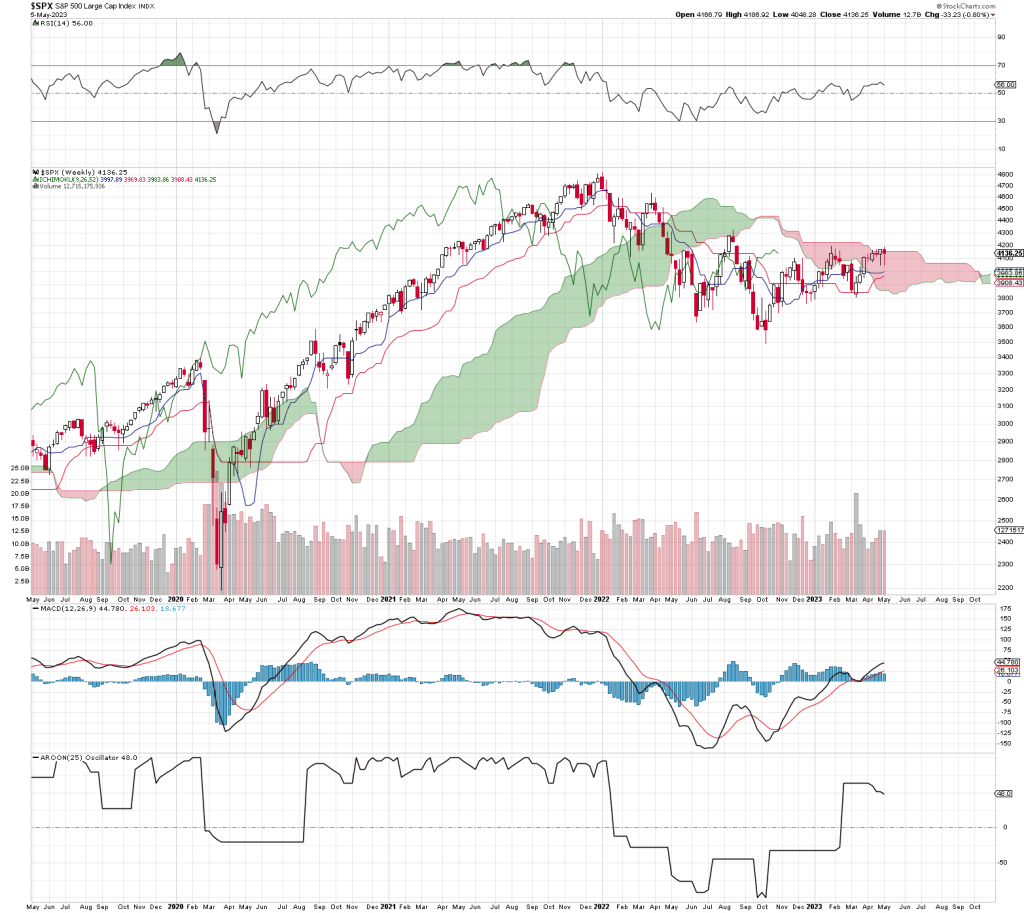👍 My Default Apps 2024
I saw that people are posting the apps they have installed on their Mac and thought I’d put my collection out there too. After throwing together my list, I realized that this exercise is based on a podcast episode where people were competing to see who used the most default apps. That’s cute, but I just want to share what I’m using and see what others are using. This is why my list is different than everyone else’s. I also realize some of these aren’t Mac applications, but I use them just like I do an app and figure they are worth mentioning.
| 🏃 Activity Tracking: | Strava, WorkOutDoors, Apple Workout, Footpath |
| 🤖 A.I.: | OpenAI, Perplexity, Raycast |
| 😷 Air Quality: | PurpleAir/Paku, IQ Air, Netatmo |
| 📱 App Store: | Setapp, Apple App Store |
| 🎤 Audio: | Adobe Audition |
| 🖥️ Backups: | Rewind |
| 🔋 Battery Management: | AlDente |
| 🔖 Bookmarks: | Pinboard |
| 🧭 Browser: | Google Chrome |
| 🔢 Calculator: | Calcbot |
| 📆 Calendar: | Fantastical |
| 📷 Camera: | Apple Camera app, Sony Alpha 6400 |
| 💬 Chat: | iMessage, Slack |
| 📋 Clipboard Manager: | Paste |
| ☁️ Cloud file storage: | Mega, Google Drive, iCloud Drive |
| 🤓 Code: | BBEdit |
| 📇 Contacts: | Apple Contacts |
| 📦 Delivery Tracking: | Deliveries |
| 🖌️ Design: | Adobe Photoshop |
| 📖 Dictionary: | LookUp |
| 🏠 Home Networking: | UniFi, WiFiman |
| 🚀 Launcher: | Raycast |
| 📍 Location Tracking: | Swarm, Checkie, Arc |
| ✉️ Mail Client: | Spark Mail |
| 📬 Mail Server: | Custom domain, Fastmail |
| 🦣 Mastodon: | Ivory |
| 🎶 Music: | Spotify |
| 🗞️ News: | Google searches |
| 📝 Notes: | Notion, Drafts, Scrap Paper |
| 🔐 Password Management: | 1Password |
| 💰 Personal Finance: | StockCharts, One Finance, Charles Schwab |
| 🌅 Photo Management: | Apple Photos iOS app |
| 🔬 Photo Processing: | Adobe Lightroom |
| 🎙️ Podcasts: | Pocket Casts |
| 📽️ Presentations: | Google Slides |
| 👓 Read Later: | Omnivore |
| 📵 Robocall Blocker: | Robokiller |
| 📰 RSS: | IFTTT (RSS to email), Reeder |
| 🖼️ Screen Capture: | CleanShot, Screen Studio |
| 🔎 Search: | |
| 📊 Spreadsheets: | Google Sheets |
| ⏳ Timer: | Gestimer |
| ✅ To-Do: | OmniFocus |
| 🗣️ Translation: | DeepL |
| 🗺️ Travel Directions: | Waze, Google Maps, Scenic |
| 🧳 Travel Planning: | Furkot |
| 🚚 Upload: | Transmit |
| 🎥 Video Editing: | Adobe Premiere |
| 🔒 VPN: | Cloudflare Warp |
| 📺 Watch Later: | YouTube, Notion |
| 🌦️ Weather: | Carrot Weather, Windy, Weather Underground, Apple Weather, Netatmo, IQ Air, Sunset Wx |
| 🕸️ Website Builder: | Adobe Dreamweaver |
| ⌨️ Word Processing: | Drafts, Google Docs |
👍 My Default Apps 2024 Read More »




